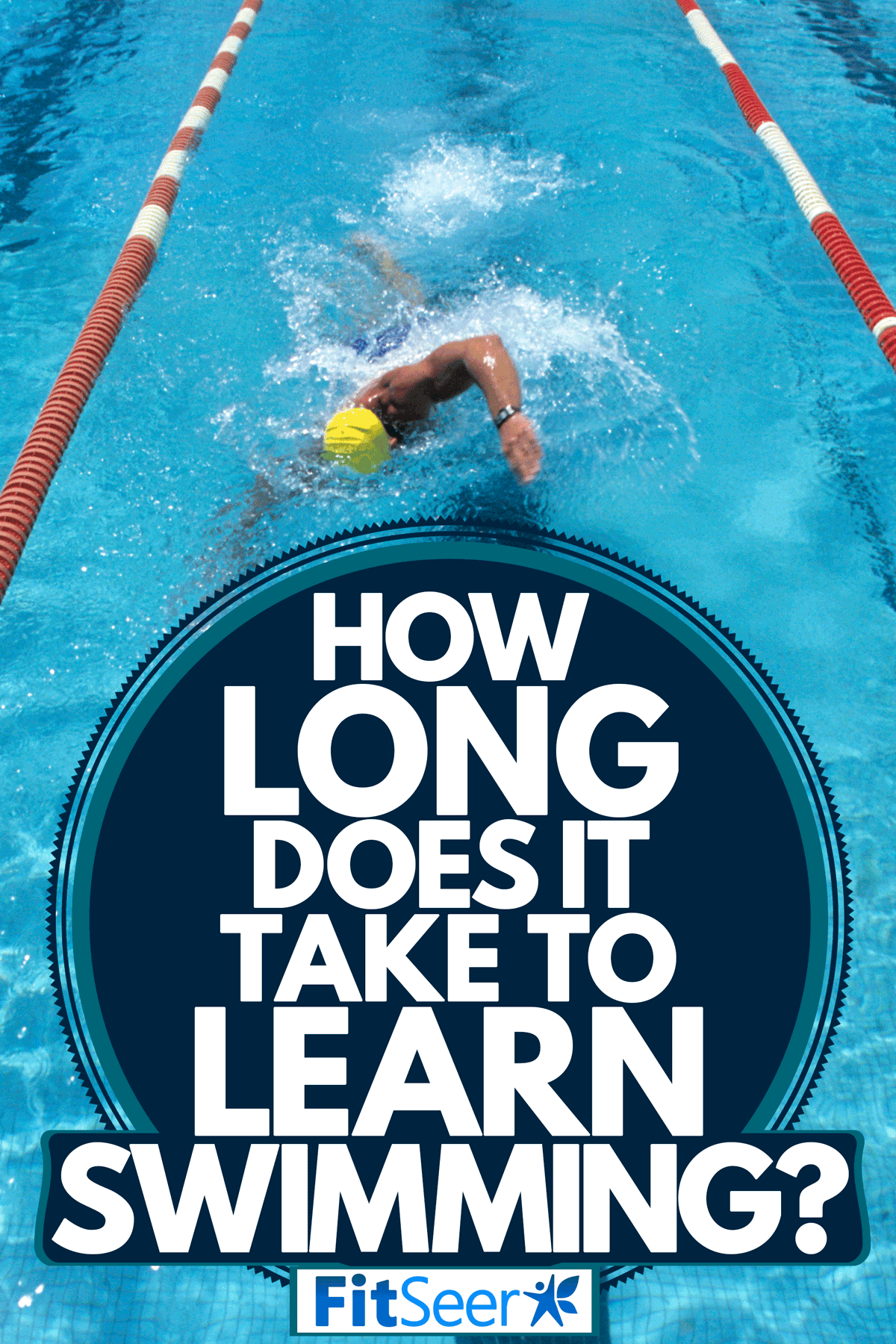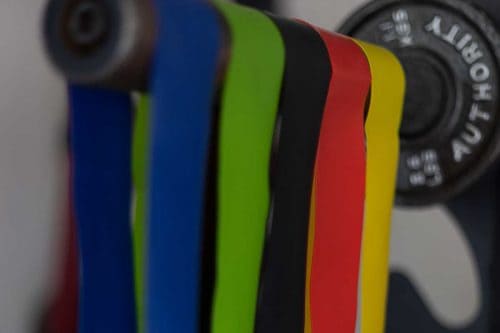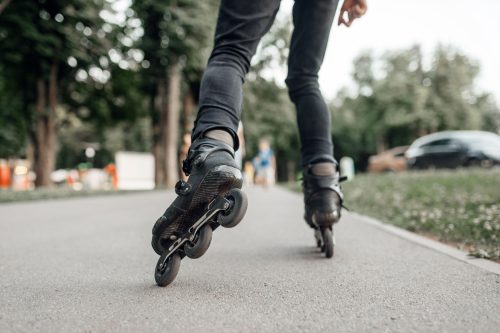Swimming is a fantastic form of exercise. It's low-impact, works the entire body, and is one of the best forms of cardiovascular activity. Perhaps more importantly, knowing how to swim can help people of all ages feel more comfortable around water. If you want to learn how to swim, it might be helpful to know what to expect in terms of time. We've researched this topic and have come up with the answer.
There is no set amount of time that it takes to learn how to swim. It depends on several factors such as how comfortable you are in the water, your attitude, how frequently you're able to practice, and whether or not you have an instructor. Most adults, however, can expect to feel comfortable swimming with twenty to thirty hours of dedicated lessons and training.
We want you to enjoy the sport of swimming, even if you're a beginner. That's why we've put together this guide to help you feel confident in your ability to learn. For a discussion on the factors involved in learning to swim, plus answers to other related questions, keep reading. Let's dive in!

How long does it take to learn swimming?
Like many things in the exercise world, there's no one-size-fits-all answer to this question. But there are several things to consider, which we'll outline below.
How comfortable are you in the water?
Fear of water is one of the most common human fears. If this describes you, it might take more patience to become a good swimmer. Fortunately, you can overcome this fear! Take your time and follow the directions given later in this article for those who are beginners. If you're comfortable in the water, you'll be able to move more quickly through this process.
Do you have a good attitude?
It's impossible to measure the effect of a positive attitude. However, swimming instructors say that this is a critical element in how quickly you'll be able to learn. If you consistently show up to your training sessions with a smile, self-confidence, and a desire to improve, your sessions will go much more smoothly.
How often can you practice?
Though the general agreement is that it will take the average adult twenty to thirty hours to be a confident swimmer, it's best if you can get these hours in over a shorter time. For instance, you should ideally plan to swim at least two hours a week.
This is because the process of swimming involves several pieces that build on each other. If too much time passes between each practice session, you're likely to forget what you learned previously, so you'll have to go back and re-learn it. Give yourself the benefit of frequently practicing so the building blocks can stay in place.
Do you have a swimming instructor?
To learn the swimming techniques you'll need, it would be most effective to have an instructor who can help you. Even if you're an adult, you can likely find a local public pool that offers adult swim lessons. Or, find a trained instructor who can give you one-on-one training.
These instructors will make the learning process simple and will make sure you're learning good habits. Even if you don't have a specific instructor, make sure you're learning to swim under some sort of supervision so that you can be safe. Don't try to learn to swim in dangerous water without a safety plan.
Is swimming hard to learn?
Learning to swim is more difficult for some people than others, but there's a prevailing notion that almost anyone can learn to swim. If you're willing to take risks, work hard, and receive good coaching, you'll eventually be able to swim without a problem. Of course, this doesn't mean you'll be competing in the Olympics, but at least you'll be able to keep your head above water.
The toughest part of learning to swim is being comfortable in the water. Humans have a natural discomfort with water, which is helpful since we can't breathe in it. However, proper swimming technique lets you breathe and remain above the surface. If you have a fear of water, consider finding a one-on-one coach who can work with you at your current ability level.
Can I learn to swim at 30?
People of any age can learn to swim as long as they have working appendages and a small amount of strength. Thirty years old is plenty young enough to learn if you're willing to work hard and dedicate yourself to the sport. Give it a shot: you might be surprised at how quickly you pick up the technique!
If you're not confident that you'll be able to exercise by swimming, that's okay! Here are some other ways you can work out, even from the comfort of your own home: 16 Types of Fitness Classes [See Which Ones Can You Do at Home]
How should a beginner start swimming?
Are you a true beginner to the activity of swimming? Or, are you uncomfortable in the water? The first step is to begin to feel comfortable in a pool by spending time in the shallow end of a pool. The mechanics of swimming will be much simpler if you've overcome your fear or discomfort.
While you're in the water, work on putting your head underwater to get used to the sensation. Start slowly at first, but eventually begin holding your breath and trying to move. A pair of goggles might help you feel more comfortable so that you can get your bearings underwater.
Click here to view these goggles on Amazon.
Work on your kicking technique
If you're going to teach yourself how to swim, it's easiest to isolate each part of the stroke to make sure you're learning the correct technique. Start with your legs: hold a flotation device under your torso and work on kicking across the pool. Here's a video to demonstrate the proper kicking technique.
Work on your arm technique
Once you're able to propel yourself across the pool by kicking, it's time to add the arm action. When swimming, your arms will move in a windmill-like motion, alternating time in the water and time in the air. This is the main power in your swimming stroke, so make sure to get it right. Here's a video demonstration.
How do you breathe when swimming?
Perhaps the most important part of a safe swimming stroke is the breathing technique. Doing this incorrectly can result in wearing yourself out more quickly, drastically slower swimming, and frustration. When done correctly, however, you'll feel comfortable and will enjoy swimming so much more.
Exhaling
The first step is to swim with your face in the water. Though it seems counter-intuitive, you'll be more successful if you don't try to hold your face out of the water while you swim. Otherwise, your body will be contorted and won't let you move as smoothly. If you're uncomfortable with this, move back to the steps recommended for a beginner until you're familiar with your face in the water.
An often-neglected part of swim breathing is that you should be exhaling while underwater. This will prepare you to inhale when you get your face out of the water instead of trying to exhale and inhale all in one rotation. It's best to exhale through your nose so water can't get in. Then, when you turn to take a breath, your lungs are empty and ready for new oxygen.
Remember the alternating arm action we mentioned earlier? When an arm is in the water, that's when you turn your head and breathe. While you're pulling, turn your head to that side, lift your face out of the water, and breathe. Take in as much oxygen as you can before putting your face back in the water as your arm returns to the air.
Breathing Patterns
When you're comfortable with this motion, you'll begin to develop a pattern. There are two theories on breathing patterns: two-stroke or three-stroke. In the two-stroke method, you take a breath on every other stroke. Essentially, you'll only be breathing on one side: every time one arm is in the air, you breathe.
The three-stroke method means you take a breath on every third stroke, so you'll be breathing on both sides. This method will mean you're operating with less oxygen but will help you swim faster since you won't be breathing as often. If you're trying to swim long distances and don't care about time, the two-stroke method will make you more comfortable.
As you're learning how to swim, you might find it helpful to know how far you can expect to swim in a typical pool. This article can help with that: How Long Is A Swimming Pool?
What age is good to start swimming lessons?
Experts say that most children aren't developmentally ready for actual swimming until they're four years old. This is when the average child is mature enough to hold their head above water and have the necessary motor skills to propel themselves forward. Most child safety services believe it is essential to teach children to swim as early as possible to reduce the risk of drowning.
Even if you start your child in swim lessons at age four, recognize that they probably won't be able to swim well until they're five and a half years old. It should also be noted that even if your child is a strong swimmer, they should still be supervised while around water. Swim lessons are not a substitute for water safety.
You can help your child get used to being in the water at an earlier age, however. Many pools and swim lesson services offer parent and child water lessons for those with infants. These fun, informal lessons are based on water play instead of swimming skills and are usually available for kids up to four years old. The idea is that when your child is strong enough to learn to swim, they'll be used to the water and won't have to overcome fear.
In Closing
The length of time it will take you to learn how to swim depends on several factors such as whether or not you're using an instructor, your attitude, your comfort level in the water, and how frequently you can practice. However, many people would say you can expect to be a confident swimmer after twenty to thirty hours of lessons.
However long it takes you to learn, make sure you're doing it safely. Have a safety plan in place before you get in the water. Good luck!



![Read more about the article How Big is a Soccer Field? [Inc. Dimensions Chart]](https://fitseer.com/wp-content/uploads/2020/12/A-huge-soccer-field-with-huge-lights-and-bleachers-filled-with-people-and-an-empty-soccer-field-1-500x333.jpg)
![Read more about the article At What Age Can You Start Surfing? [And At What Age Should You Stop?]](https://fitseer.com/wp-content/uploads/2020/11/A-surfer-wearing-a-white-shirt-and-aloha-pants-riding-the-waves-of-a-blue-ocean-500x333.jpg)

![Read more about the article What Pants Do You Wear Snowboarding? [3 Options inc. examples]](https://fitseer.com/wp-content/uploads/2020/10/A-fully-geared-snowboarder-with-a-gradient-colored-goggles-trekking-on-the-snowy-trails-of-a-mountain-side-500x333.jpg)
